Navigation
Install the app
How to install the app on iOS
Follow along with the video below to see how to install our site as a web app on your home screen.

Note: This feature currently requires accessing the site using the built-in Safari browser.
More options
You are using an out of date browser. It may not display this or other websites correctly.
You should upgrade or use an alternative browser.
You should upgrade or use an alternative browser.
I want to learn about light
- Thread starter MichelleP
- Start date
Gary A.
Been spending a lot of time on here!
- Joined
- Sep 17, 2014
- Messages
- 22,357
- Reaction score
- 7,540
- Location
- Southern California
- Website
- www.garyayala.com
Read Ansel Adams' book, The Negative.
The early chapters are devoted to a discussion of light, film and exposure. What follows is a detailed discussion of the zone system, chapters on natural and artificial light.
Seeing light is vitally important ... but seeing how the meter sees light is even better. Learning the Zone System will help you not only see light, but see light as the camera sees and captures light.
Gary
(skip the darkroom parts, lol)
The early chapters are devoted to a discussion of light, film and exposure. What follows is a detailed discussion of the zone system, chapters on natural and artificial light.
Seeing light is vitally important ... but seeing how the meter sees light is even better. Learning the Zone System will help you not only see light, but see light as the camera sees and captures light.
Gary
(skip the darkroom parts, lol)
Last edited:
imagemaker46
Been spending a lot of time on here!
- Joined
- Mar 9, 2011
- Messages
- 4,422
- Reaction score
- 1,705
- Location
- Ottawa, Canada
- Website
- imagecommunications.ca
- Can others edit my Photos
- Photos NOT OK to edit
Try just looking at one object, walk around it or simply take pictures of it from several angles and compare them, see how the light falls on each area. Set a lamp up, any lamp and place something near it, do the same thing, see how it looks in shadow and on the light side. One thing to remember about using a flash, when you use a flash the original image that you saw will disappear when fire the flash. The image with the nice light vanishes.
I've had lots of people say how their pictures never look as good after the flash has been used, it is because the flash has been used. Once you start to understand light a little more, start to see how a flash can enhance your images, not change them.
I've had lots of people say how their pictures never look as good after the flash has been used, it is because the flash has been used. Once you start to understand light a little more, start to see how a flash can enhance your images, not change them.
MichelleP
TPF Noob!
- Joined
- Jun 17, 2011
- Messages
- 33
- Reaction score
- 4
- Location
- Lawrence, KS
- Can others edit my Photos
- Photos OK to edit
Thank you all! I will definitely check out all the suggestions!
shmne
No longer a newbie, moving up!
- Joined
- Jun 3, 2009
- Messages
- 641
- Reaction score
- 83
- Location
- Florida
- Can others edit my Photos
- Photos OK to edit
A simple exercise that will really show you a lot about light is photographing an object, so a child's doll or just something that can stand up on its own, in various natural lights. Take a journal, shoot it 6 different times a day in the same location, note the times, mark what image corresponds to it, and save it in a folder.
The places you want to do this are by a window, outside, on a cloudy day, and on a sunny day. Six times may be too much, but at least get 3. There are hundreds of unique lighting situations that we deal with daily outside of what is "natural" so even shooting in the office, at a bar, and in the street lights will help. This exercise creates a strong reference as to what the sun does during various parts of the day, and the different types of shadows found naturally.
One of the biggest issues is mastering how to create natural light with a flash, and this exercise helps really teach what natural light looks like. The better you understand natural light, the better a job you can do when trying to create unnatural light as well.
Personally my favorite master of lighting is Greg Heislor, he has a ton of amazing videos worth watching.
The places you want to do this are by a window, outside, on a cloudy day, and on a sunny day. Six times may be too much, but at least get 3. There are hundreds of unique lighting situations that we deal with daily outside of what is "natural" so even shooting in the office, at a bar, and in the street lights will help. This exercise creates a strong reference as to what the sun does during various parts of the day, and the different types of shadows found naturally.
One of the biggest issues is mastering how to create natural light with a flash, and this exercise helps really teach what natural light looks like. The better you understand natural light, the better a job you can do when trying to create unnatural light as well.
Personally my favorite master of lighting is Greg Heislor, he has a ton of amazing videos worth watching.
imagemaker46
Been spending a lot of time on here!
- Joined
- Mar 9, 2011
- Messages
- 4,422
- Reaction score
- 1,705
- Location
- Ottawa, Canada
- Website
- imagecommunications.ca
- Can others edit my Photos
- Photos NOT OK to edit
Village Idiot
No longer a newbie, moving up!
- Joined
- Mar 20, 2008
- Messages
- 7,269
- Reaction score
- 406
- Location
- Shepherdsturd, WV / Almost, MD
- Can others edit my Photos
- Photos NOT OK to edit
Here's an example of using the same light from opposite sides. One shot is very average, while the other is much better. As my Dad says, shoot from the dark side(shadow side)
Your dad is telling you to do the opposite of what most photographers are taught. Shooting with the light source behind a person will either generally have the light source blown out or leave your subject in a silhouette. This is only desirable in certain situations. I know what you're trying to accomplish in ending up with a more dramatic portrait but telling a person that's new to photography to do this will probably have them end up more frustrated unless they understand why they're doing it and don't try to do it for every shot.
imagemaker46
Been spending a lot of time on here!
- Joined
- Mar 9, 2011
- Messages
- 4,422
- Reaction score
- 1,705
- Location
- Ottawa, Canada
- Website
- imagecommunications.ca
- Can others edit my Photos
- Photos NOT OK to edit
My Dad is rarely wrong when it comes to photography and light. I do understand what you are saying though. I just wanted to provide a visual example of what I was talking about. It is simply an example of how they can use the light around them.
Derrel
Mr. Rain Cloud
- Joined
- Jul 23, 2009
- Messages
- 48,225
- Reaction score
- 18,941
- Location
- USA
- Website
- www.pbase.com
- Can others edit my Photos
- Photos OK to edit
I watched an entire three-day seminar Doug Gordon presented on creativelive.com where he repeated that mantra maybe fifty times for wedding and portrait shoots...."Shoot from the dark and toward the light."
As you can see from the shots in post #21, the front-lighted side shot is...fairly non-dramtic...but the shot made by "Shooting from the dark, and toward the light," is...pretty good as far as visual drama.
As you can see from the shots in post #21, the front-lighted side shot is...fairly non-dramtic...but the shot made by "Shooting from the dark, and toward the light," is...pretty good as far as visual drama.
Last edited:
imagemaker46
Been spending a lot of time on here!
- Joined
- Mar 9, 2011
- Messages
- 4,422
- Reaction score
- 1,705
- Location
- Ottawa, Canada
- Website
- imagecommunications.ca
- Can others edit my Photos
- Photos NOT OK to edit
Village Idiot
No longer a newbie, moving up!
- Joined
- Mar 20, 2008
- Messages
- 7,269
- Reaction score
- 406
- Location
- Shepherdsturd, WV / Almost, MD
- Can others edit my Photos
- Photos NOT OK to edit
But with the dynamic range in these and no use of a flash for at least a tiny bit of fill, the faces are mostly blown and the rest of the details are extremely dark. Like I said, it depends on the situation and I’m betting more often than not someone who’s not experienced with shooting in these conditions will get less than ideal shots.
I was looking at wedding photos from friends who got recently married and their photographer did the same. The sky was exposed nicely and the couple, the minister, and everything else was underexposed with no highlights.
paigew
Been spending a lot of time on here!
- Joined
- Nov 15, 2011
- Messages
- 3,881
- Reaction score
- 1,831
- Location
- Texas (Hill Country)
- Website
- www.paigewilks.com
- Can others edit my Photos
- Photos NOT OK to edit
I am a lover of light. I rarely use flash and I often shoot from the shadows as @Village Idiot mentioned. Shooting from the shadows is a great way to create mood and atmosphere in your images.
I'm sure you have heard about golden hour and how it is the softest most amazing light. That is the very best time to go out and experiment with different directions of light..side, front, back. It is easier because the light is more even and you aren't going to worry as much about blowing skin and adjusting your settings every time your subject slightly changes angles.
 118 by paige_w, on Flickr
118 by paige_w, on Flickr
I'm sure you have heard about golden hour and how it is the softest most amazing light. That is the very best time to go out and experiment with different directions of light..side, front, back. It is easier because the light is more even and you aren't going to worry as much about blowing skin and adjusting your settings every time your subject slightly changes angles.
 118 by paige_w, on Flickr
118 by paige_w, on FlickrPaul Josaph
TPF Noob!
- Joined
- Oct 13, 2014
- Messages
- 45
- Reaction score
- 3
- Can others edit my Photos
- Photos NOT OK to edit
'Light: Science & Magic' is the best book! photographers tool to success
imagemaker46
Been spending a lot of time on here!
- Joined
- Mar 9, 2011
- Messages
- 4,422
- Reaction score
- 1,705
- Location
- Ottawa, Canada
- Website
- imagecommunications.ca
- Can others edit my Photos
- Photos NOT OK to edit
But with the dynamic range in these and no use of a flash for at least a tiny bit of fill, the faces are mostly blown and the rest of the details are extremely dark. Like I said, it depends on the situation and I’m betting more often than not someone who’s not experienced with shooting in these conditions will get less than ideal shots.
I was looking at wedding photos from friends who got recently married and their photographer did the same. The sky was exposed nicely and the couple, the minister, and everything else was underexposed with no highlights.
While I understand what you are again saying, it the option to use a flash on these images, it would change what I saw and destroy the image. The biggest problem with so many photographers is that never learn how to read light, how to see what it there and choose the option of using a flash. Yes it does come down to experience, it is also about learning from mistakes, playing with the light. There are always going to be situations where a flash will be used. Personally I don't use one, I choose to work with what light have in front of me. In the case of these shots, I could not have used one, they were shot with a 300mm lens from a fair distance back, I also don't worry about an additional shadow detail, as it's not necessary for these images. They were exposed for what I was looking at.
Village Idiot
No longer a newbie, moving up!
- Joined
- Mar 20, 2008
- Messages
- 7,269
- Reaction score
- 406
- Location
- Shepherdsturd, WV / Almost, MD
- Can others edit my Photos
- Photos NOT OK to edit
There are always going to be situations where a flash will be used. Personally I don't use one, I choose to work with what light have in front of me.
Oh, I see now. Anyone care to elaborate on what I see?
Similar threads
- Replies
- 2
- Views
- 950
- Replies
- 13
- Views
- 2K





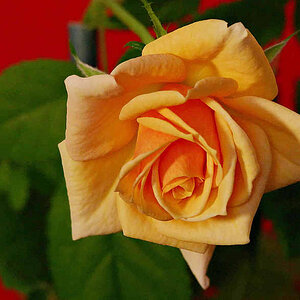
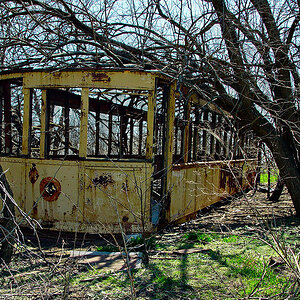
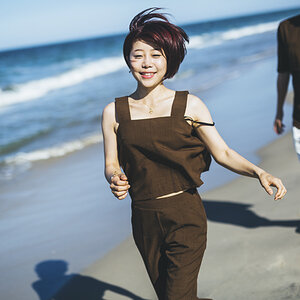
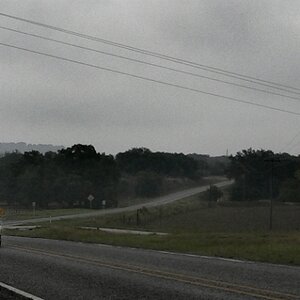
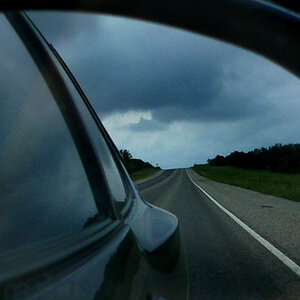
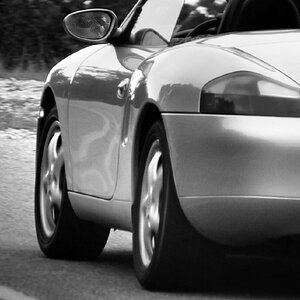
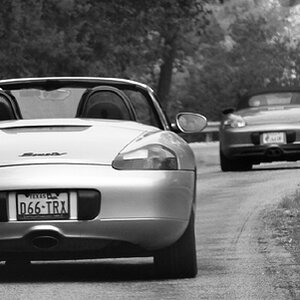
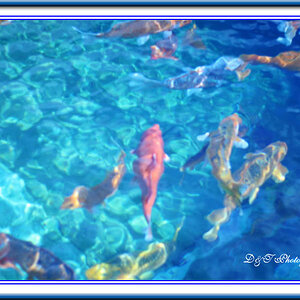
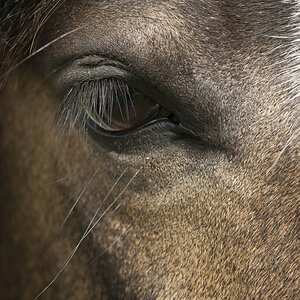
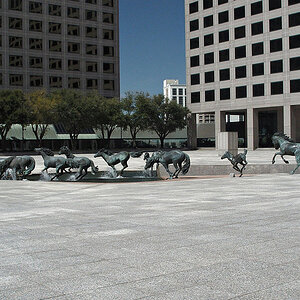
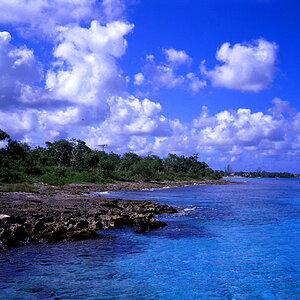
![[No title]](/data/xfmg/thumbnail/33/33463-55c43b1c1b1a6eace5b4807ead885151.jpg?1619735985)